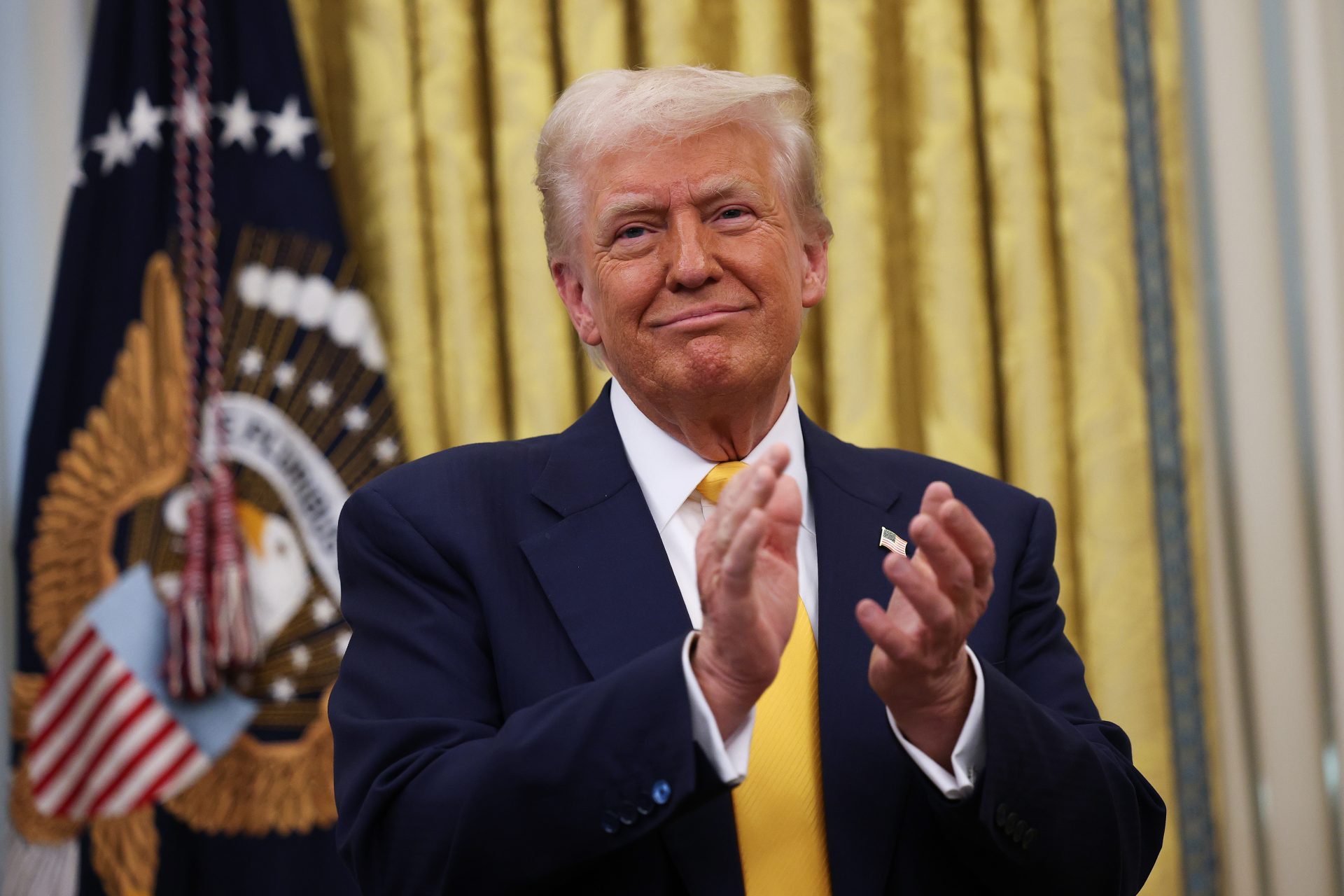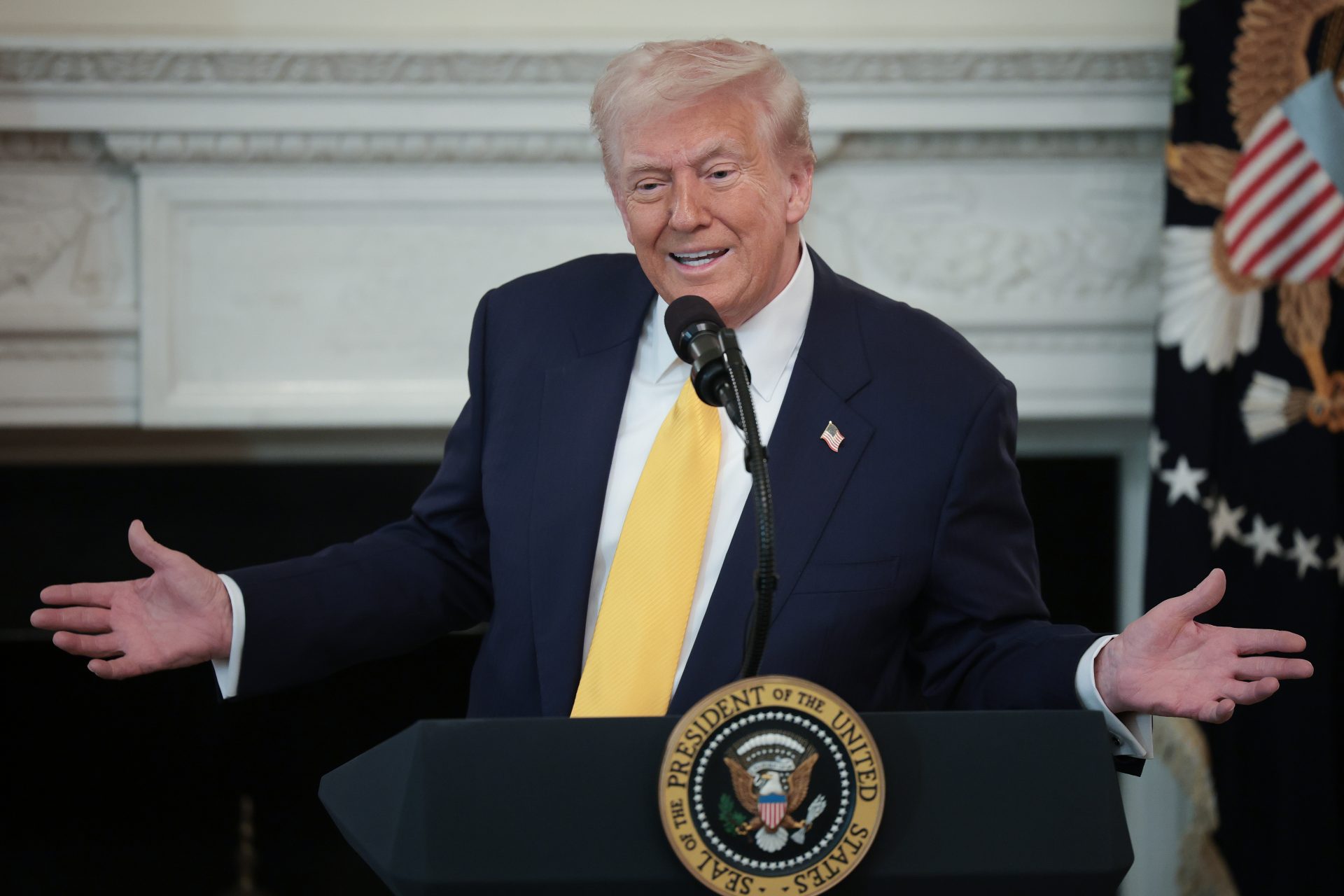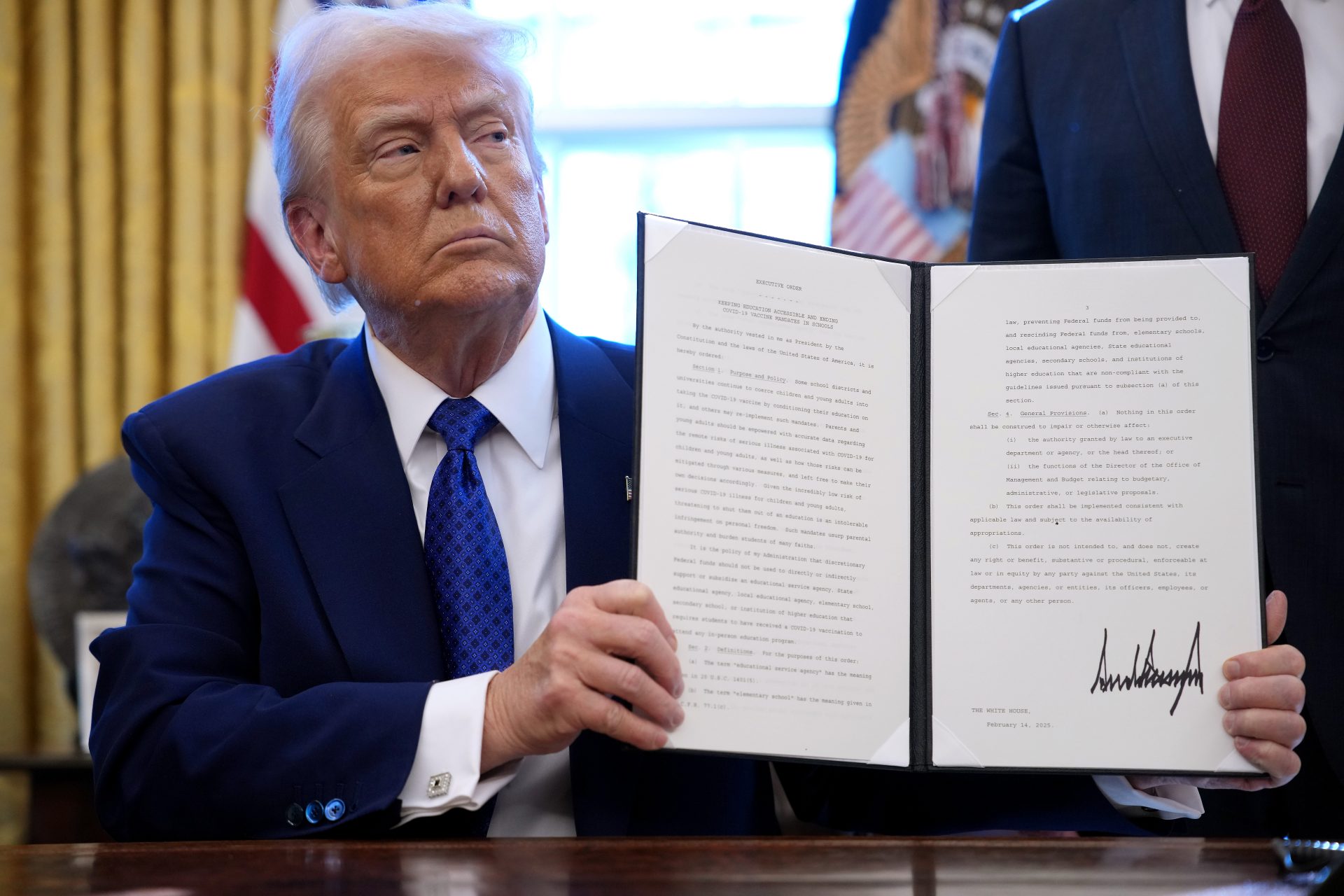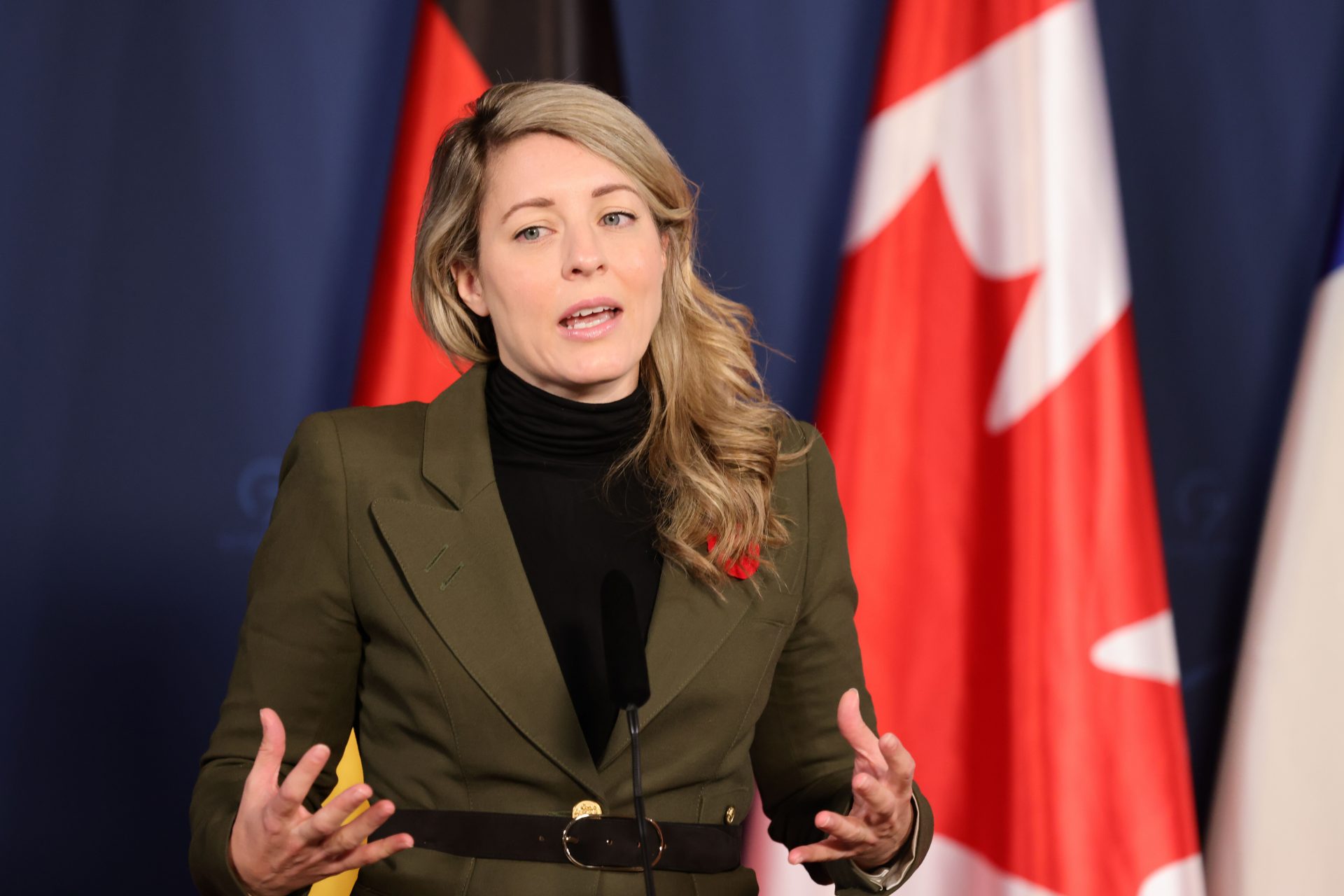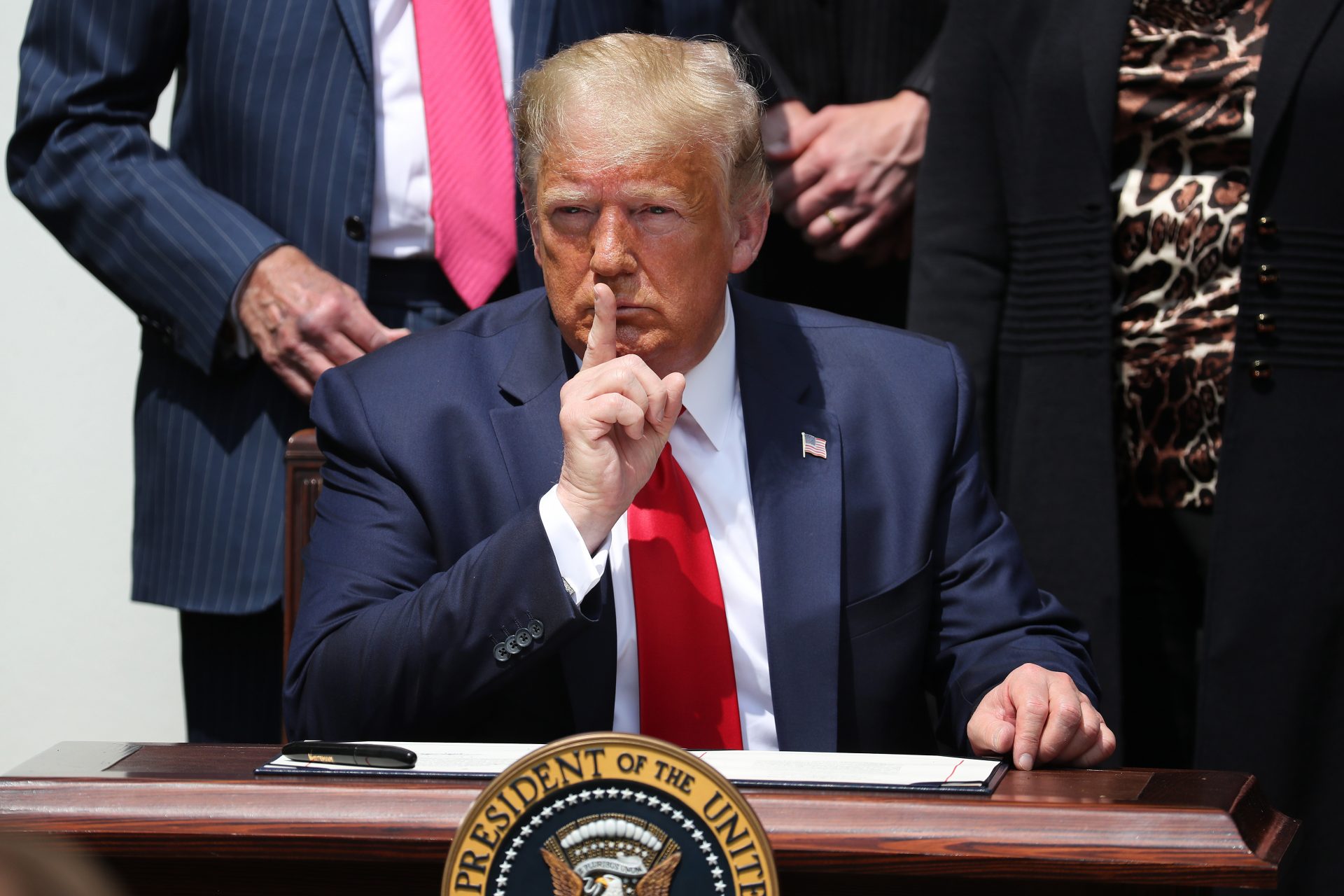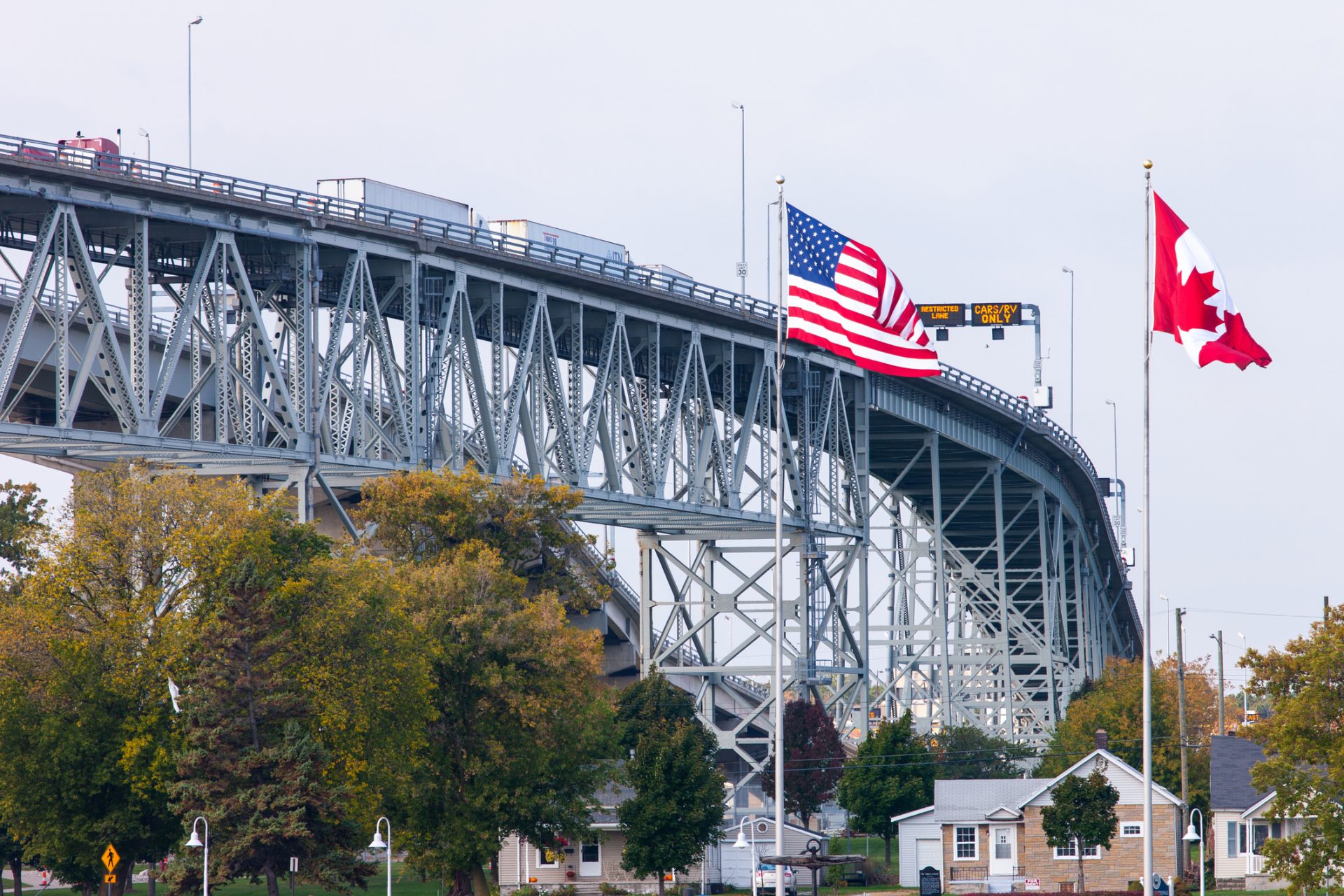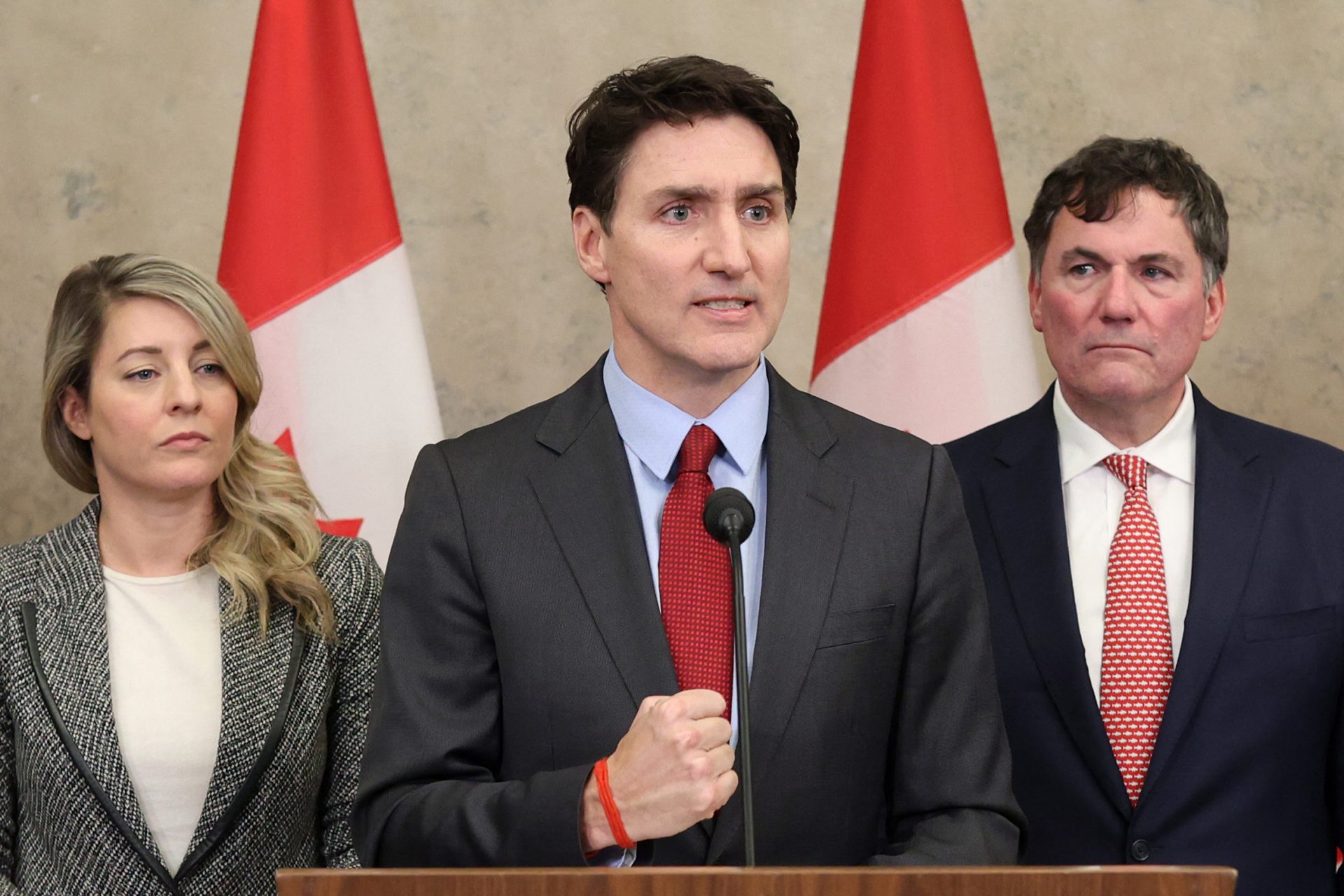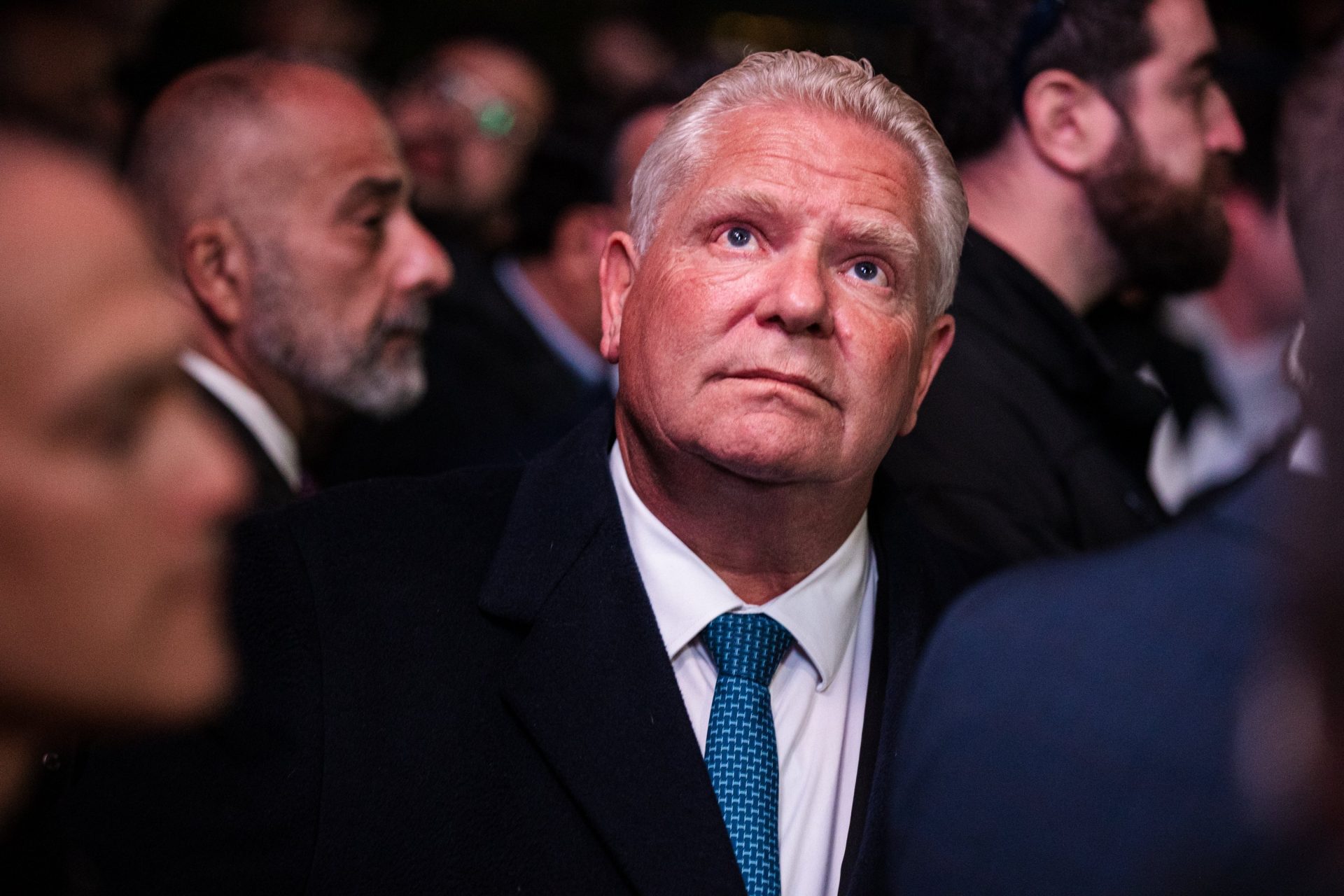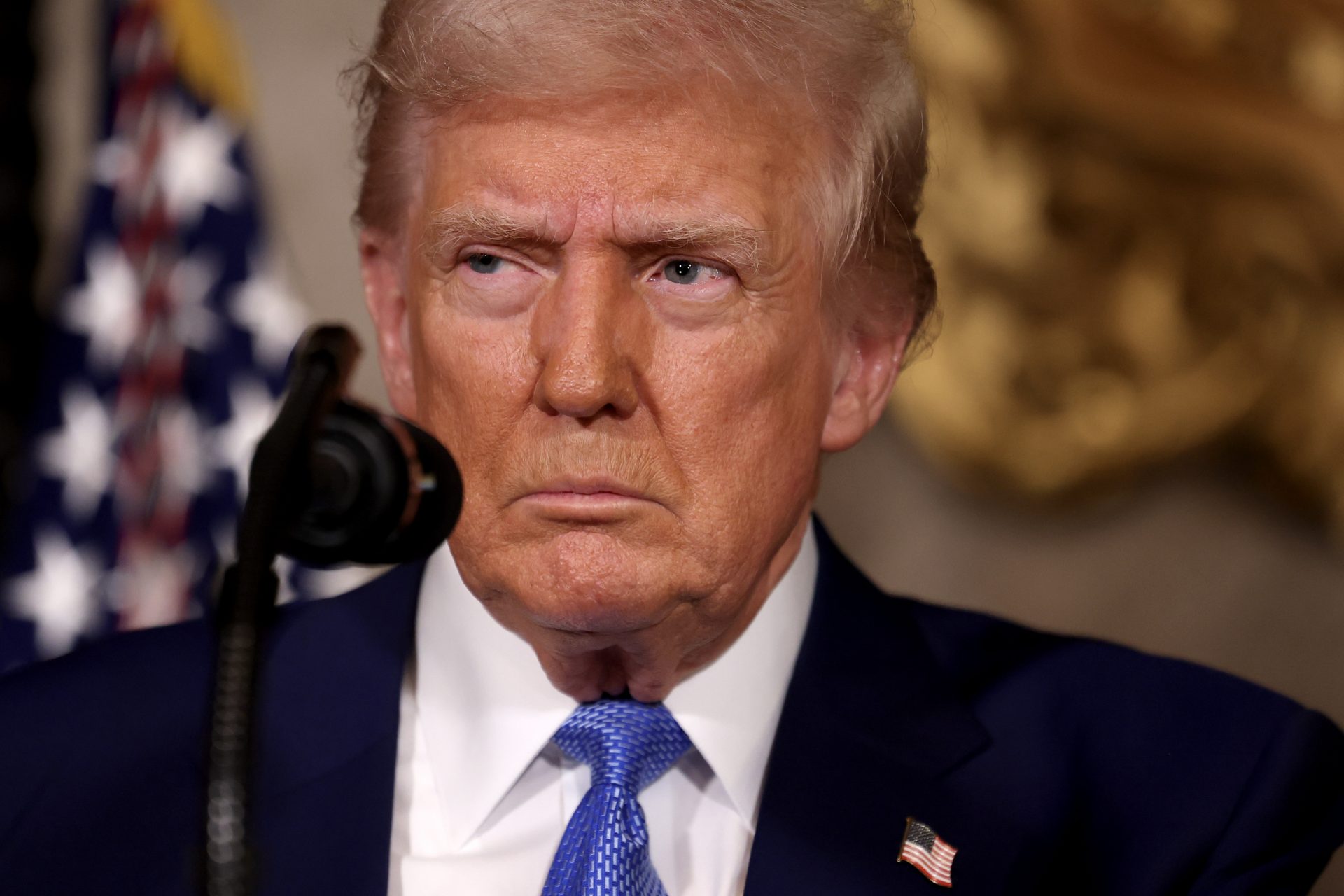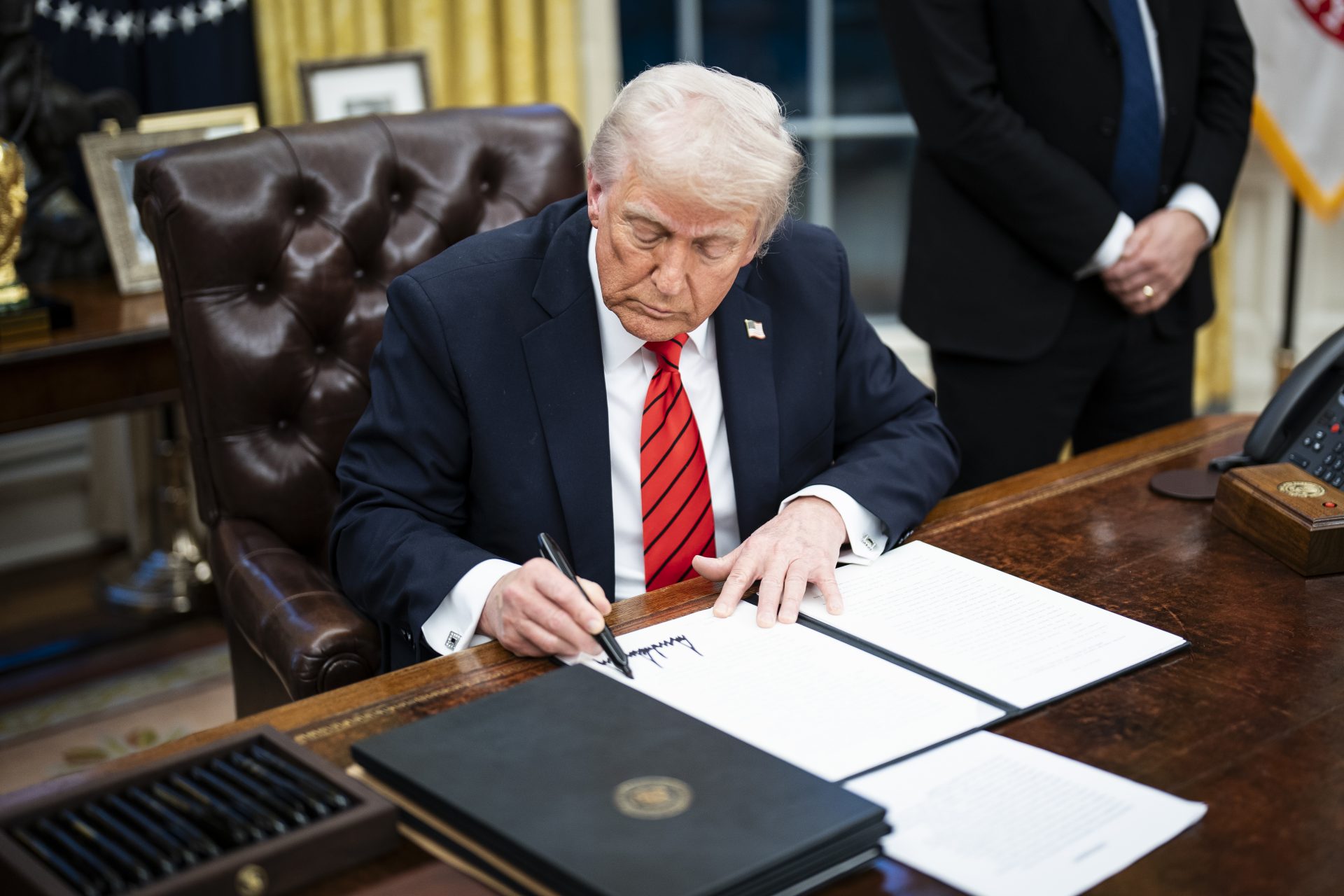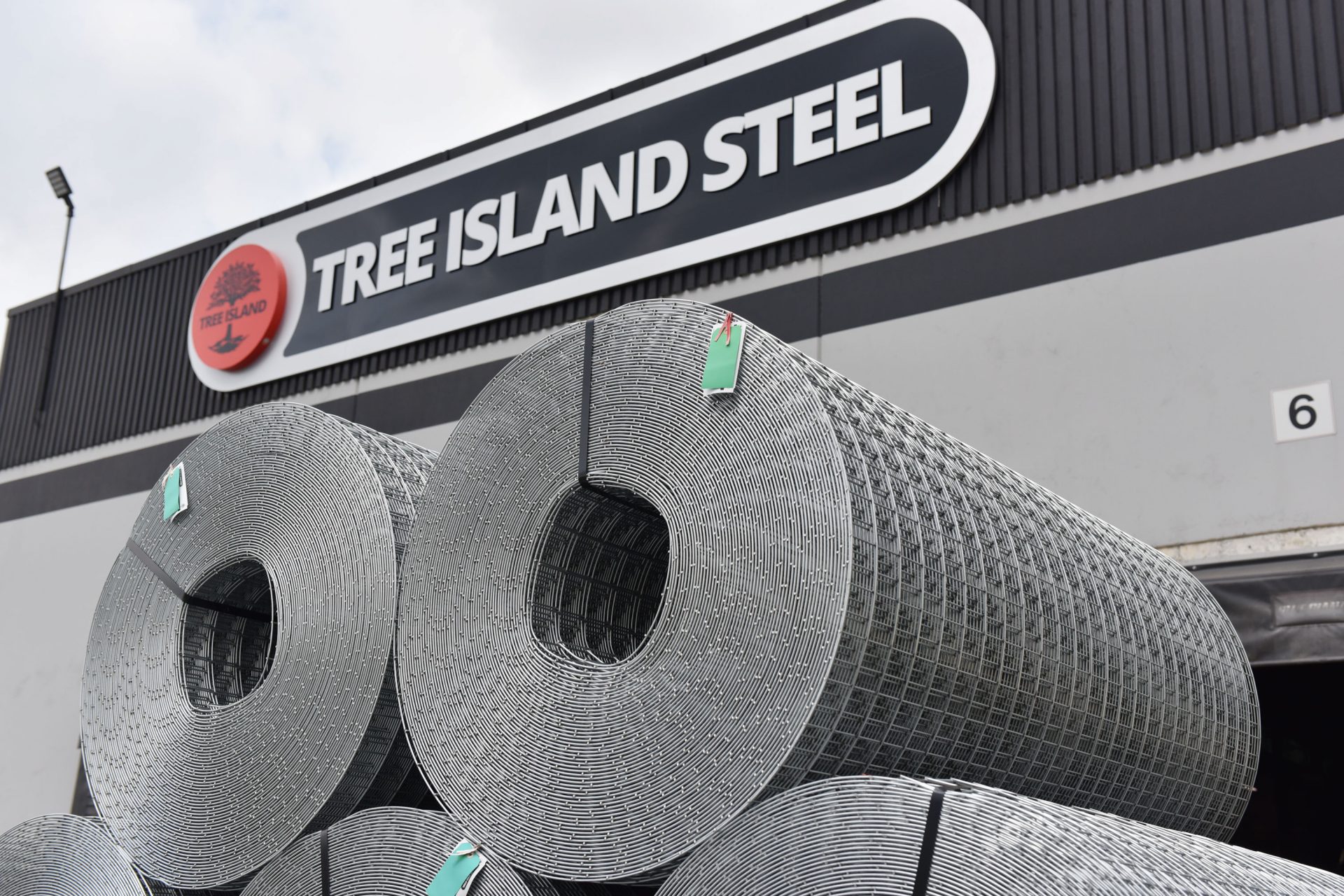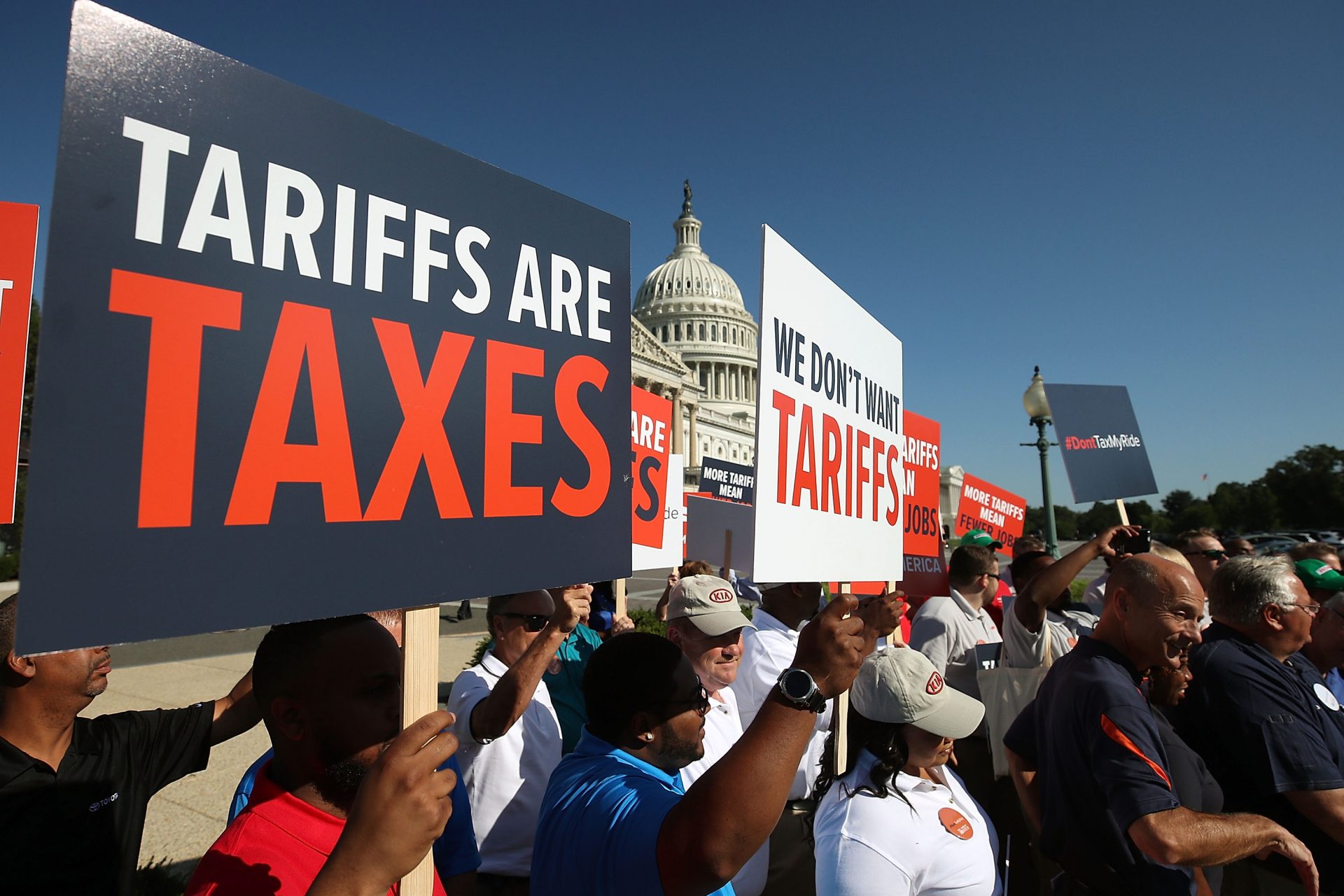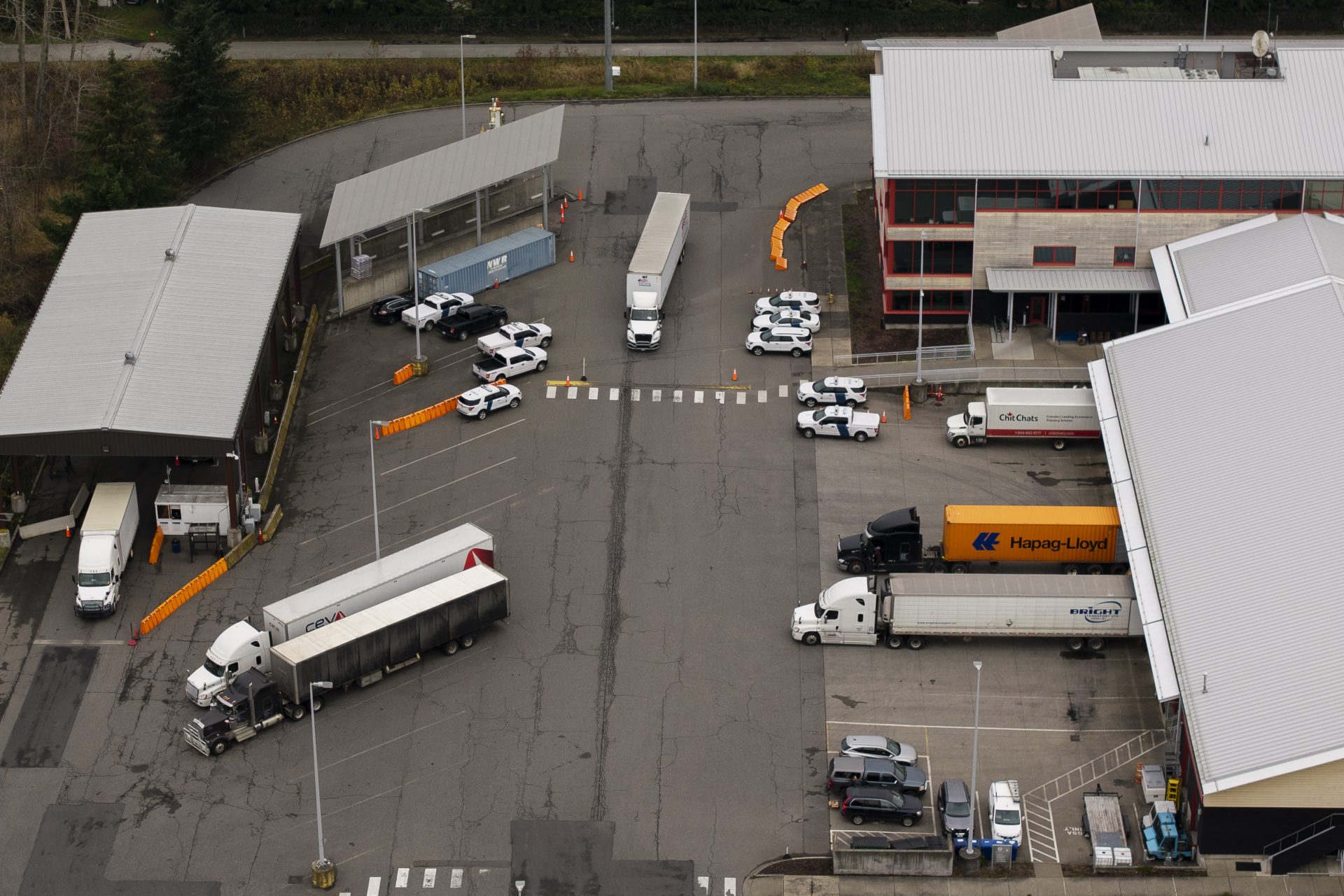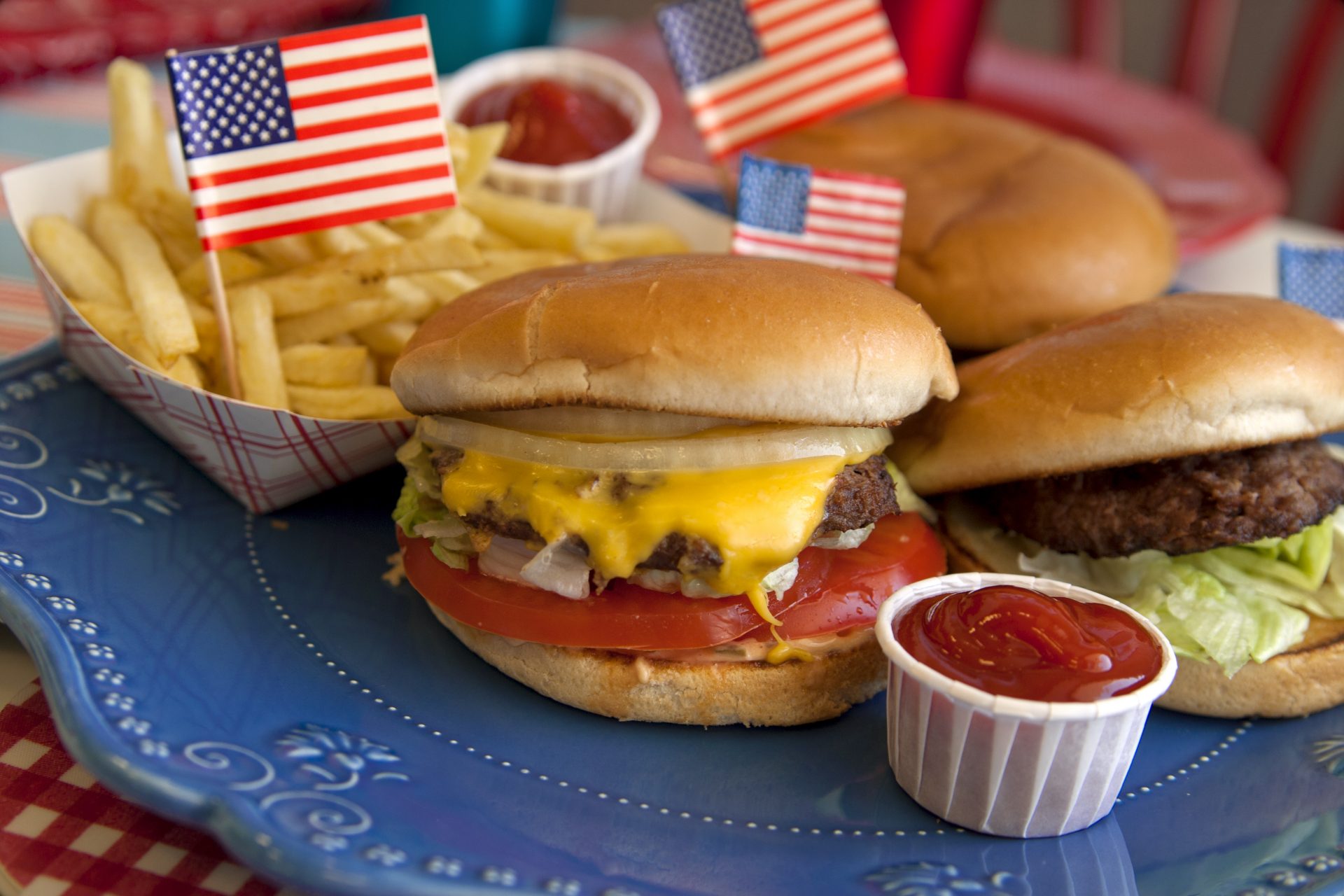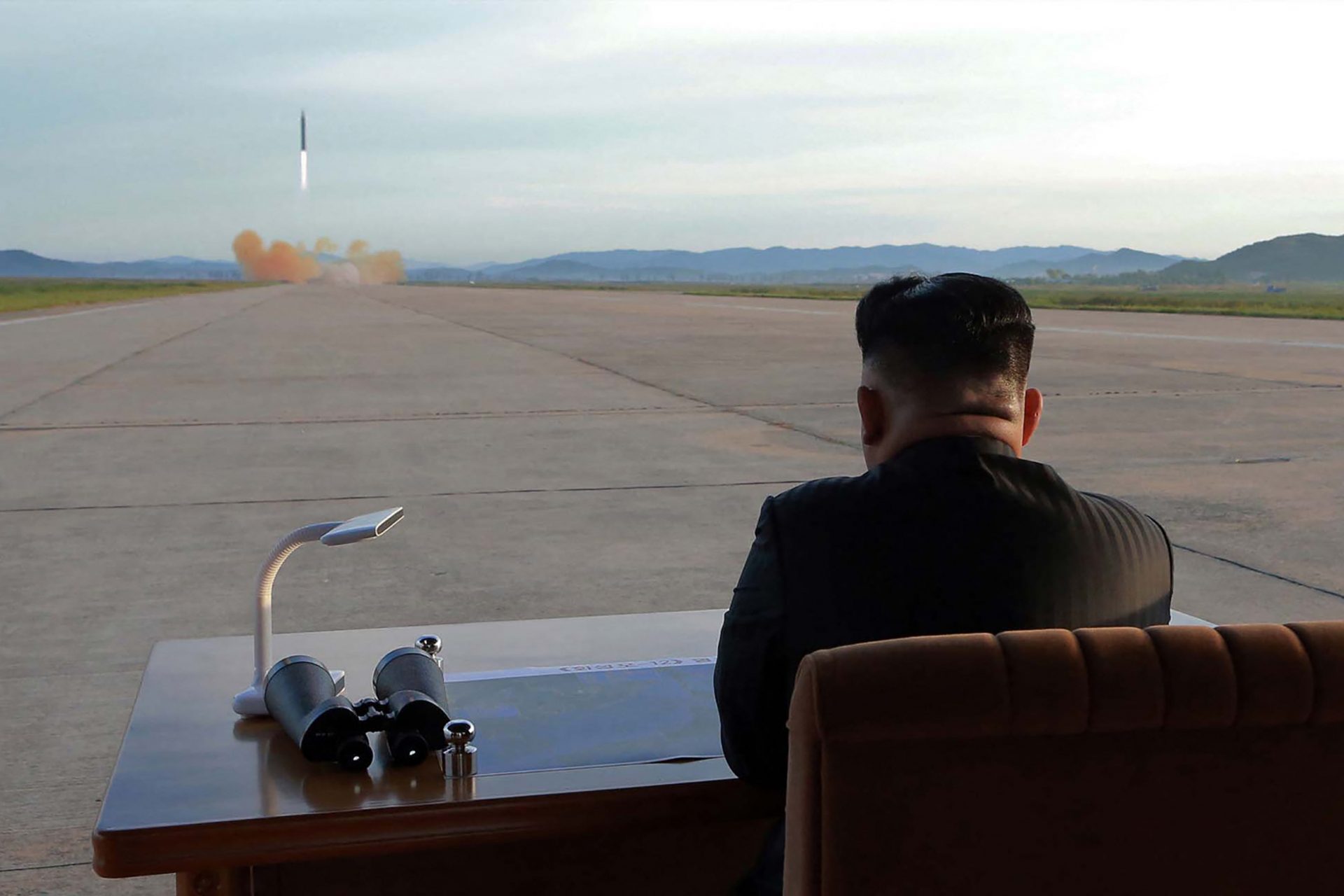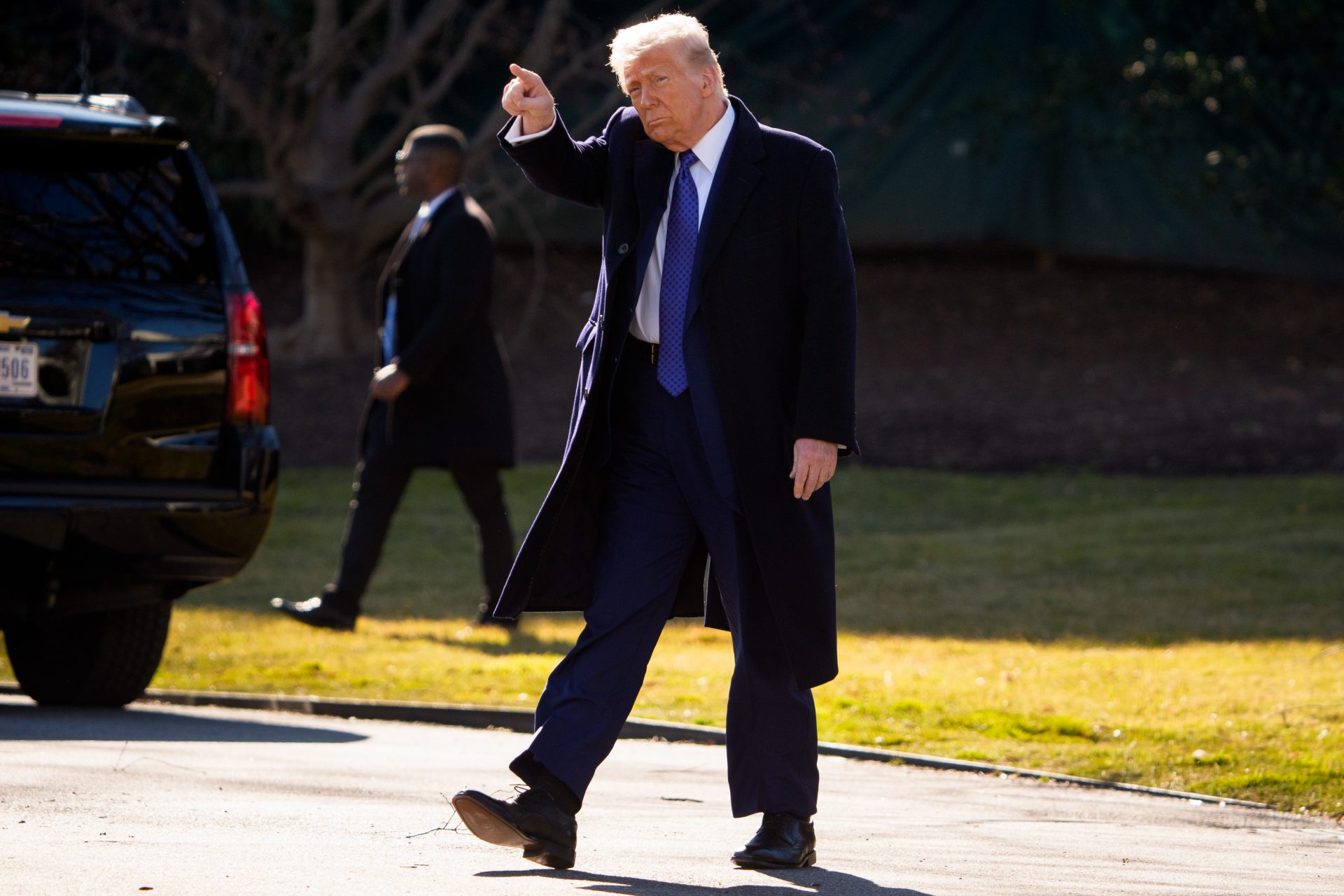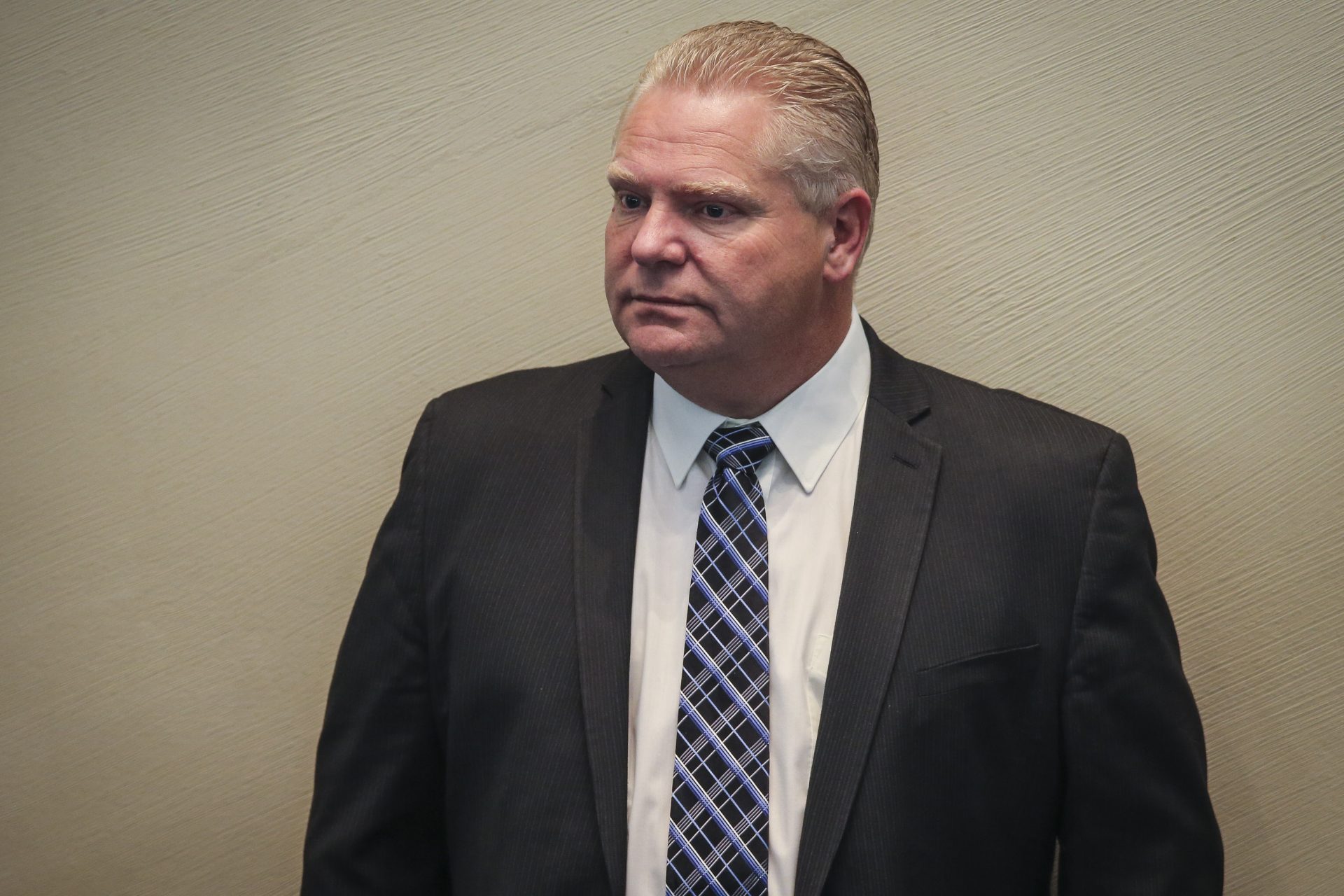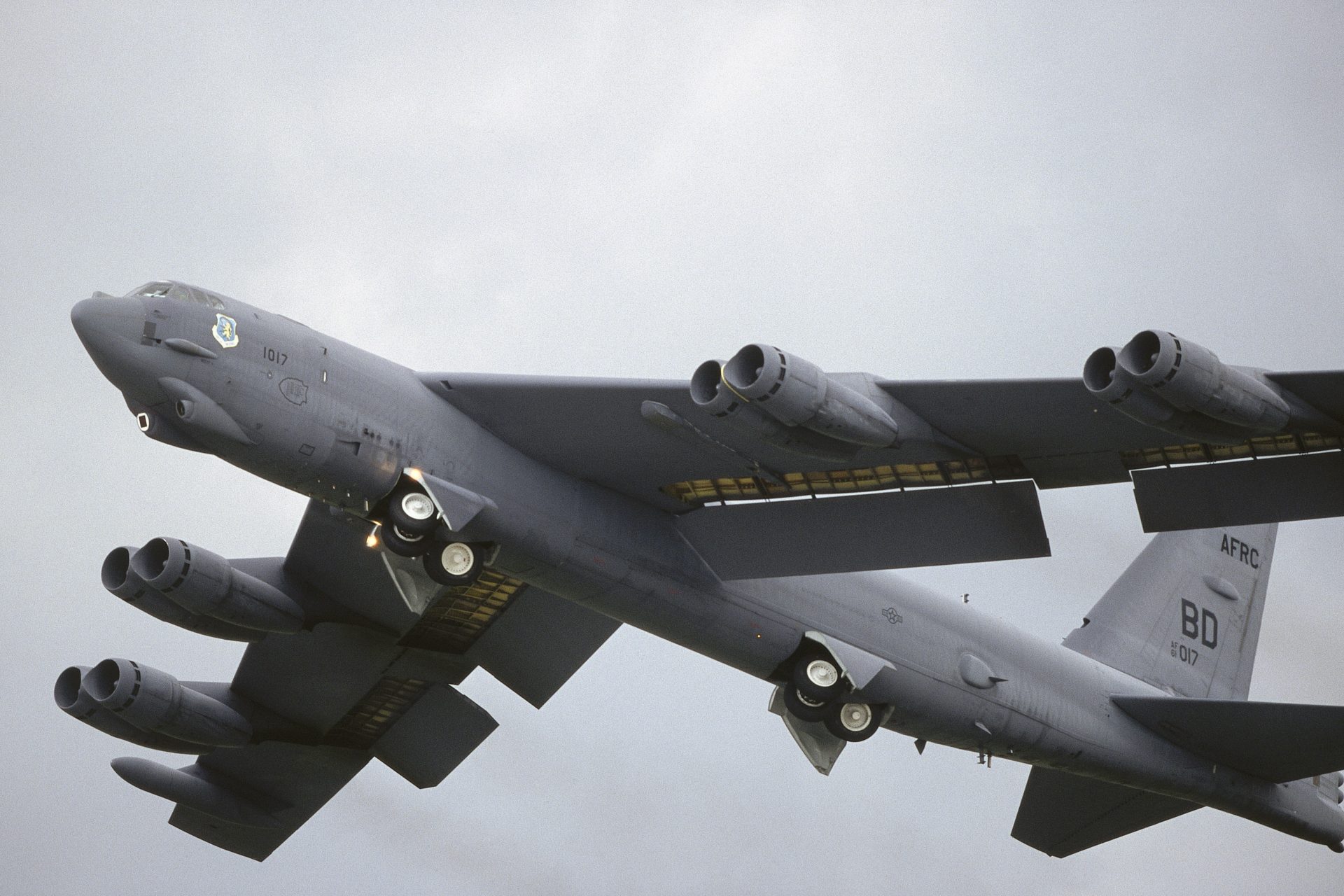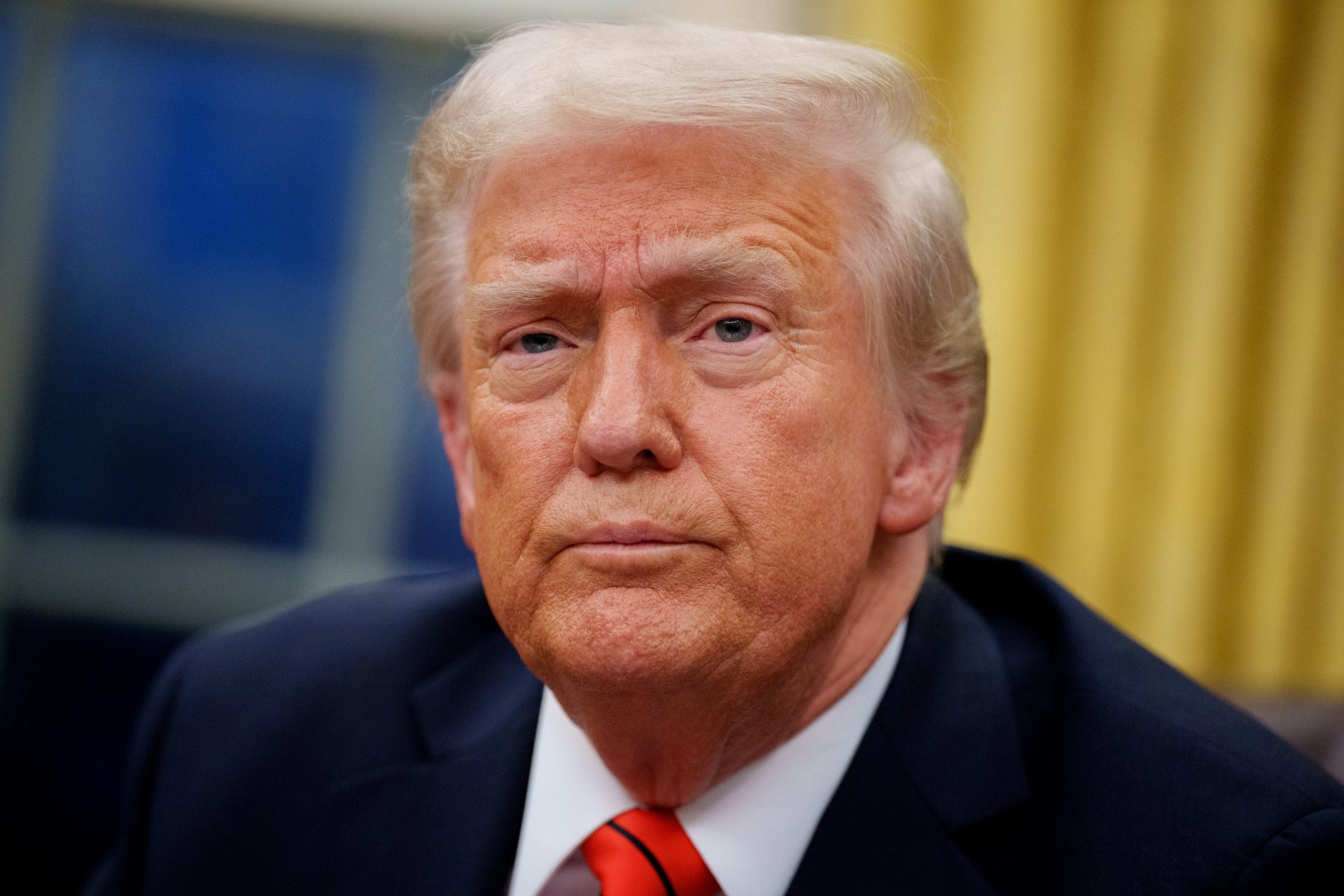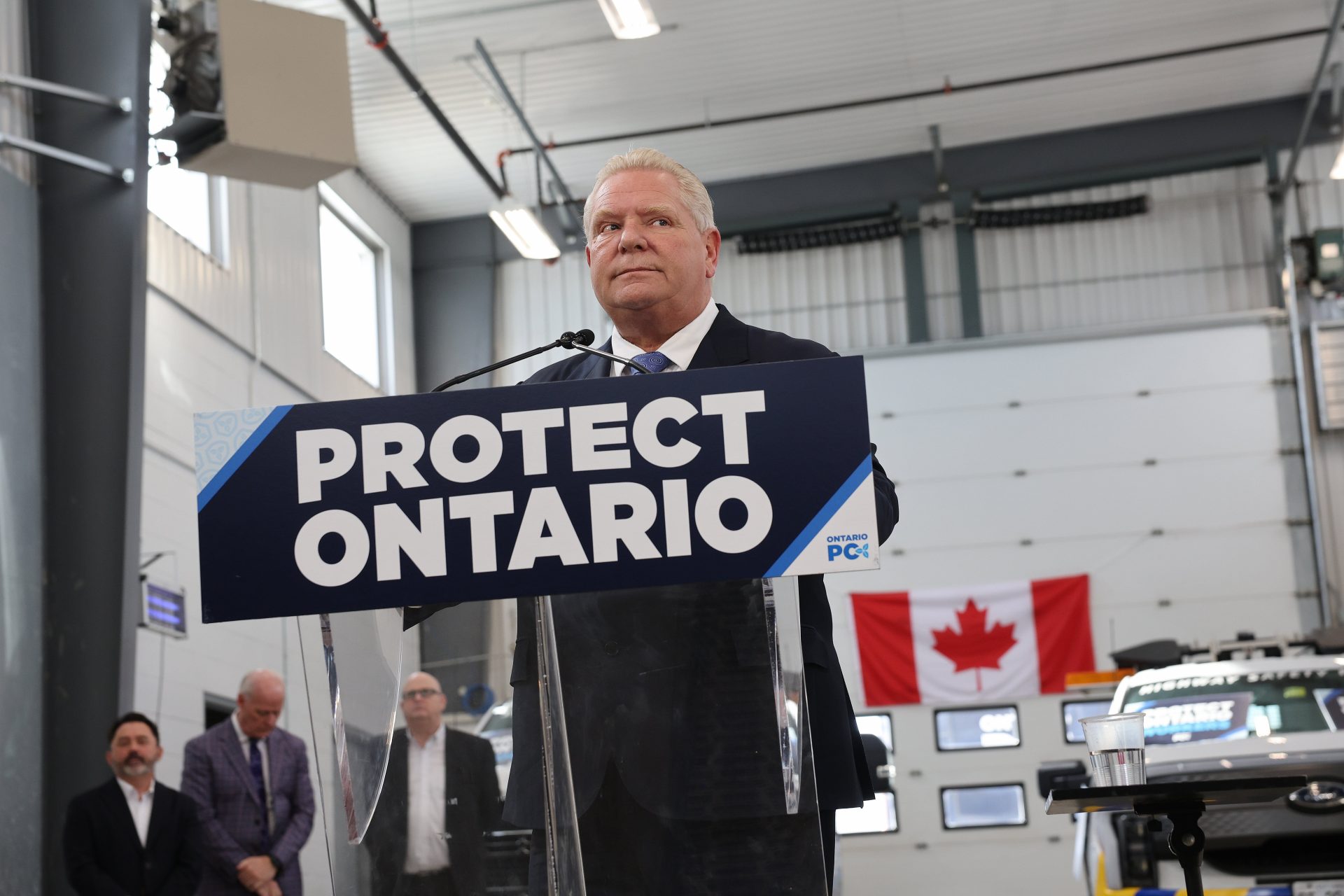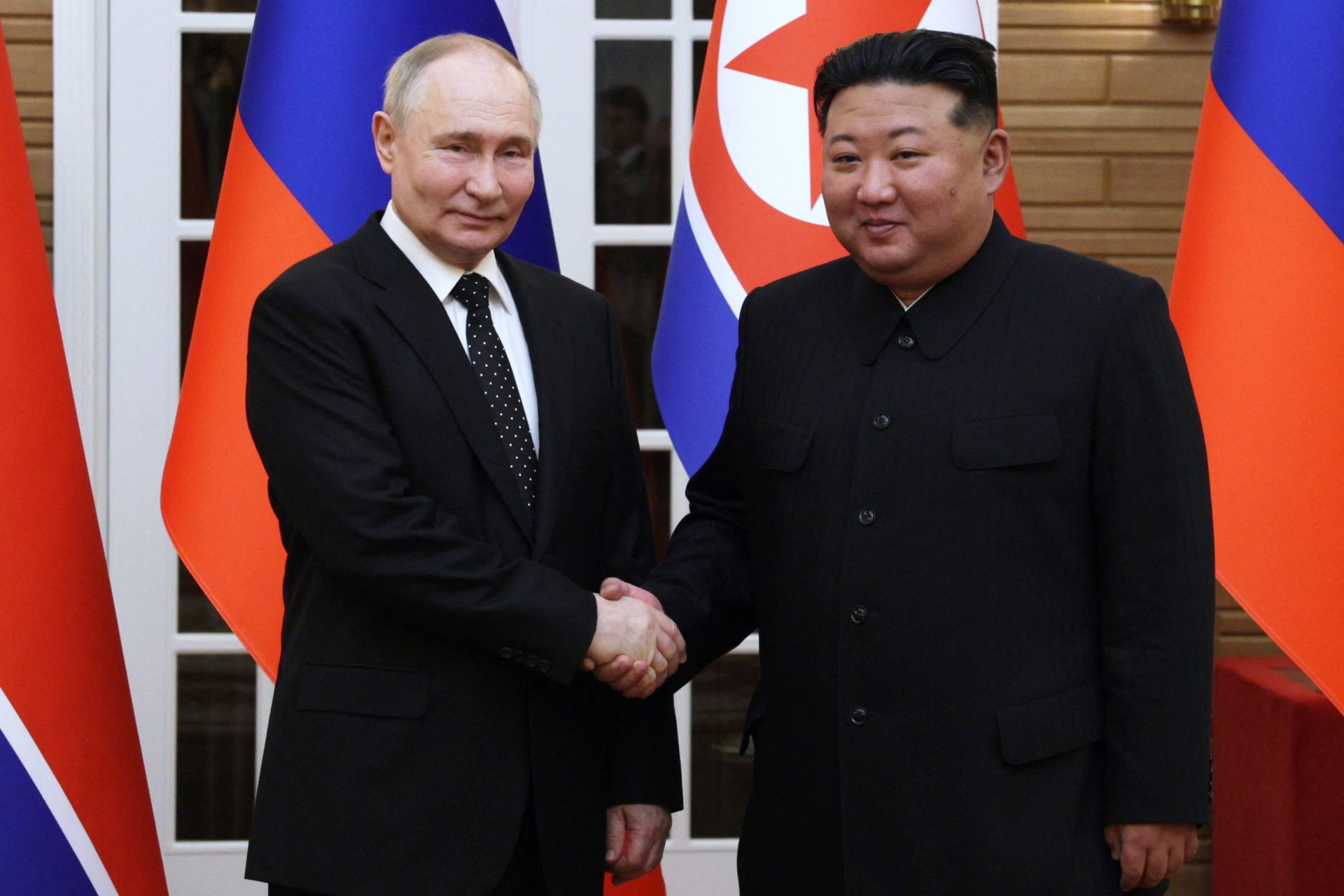Trump plans to move forward with tariffs on Canada
On February 24th, Donald Trump said that the 25% tariffs he threatened to levy against all goods the United States imported from Canada and Mexico would move forward on schedule during a press conference at the White House.
"The tariffs are going forward on time, on schedule. This is an abuse that took place for many, many years. The tariffs will go forward, yes, and we're going to make up a lot of territory," Trump explained to reporters according to CBC News.
"Our country will be extremely liquid and rich again," Trump said, indicating that he may plan to lift his pause on Mexican and Canadian tariffs on March 4th.
Canadian Foreign Affairs Minister Mélanie Joly was one of the first Canadian officials to comment on Trump’s remarks. "We need to stand strong and send a clear message that Canadians will fight back," Joly told reporters while in London meeting British officials.
"The threat of tariffs is a real one and may continue for a while," Joly said. "We need to be able to deal with the unpredictability of President Trump."
Earlier in February, Trump made good on his long-promised tariff threat when he levied a 25% tariff on all Canadian and Mexican goods. The move was set to kick off a trade war in North America over Trump's concerns about drugs and illegal aliens.
A White House fact sheet on the tariffs noted that they were a response to the threat of drugs like fentanyl and the flow of illegal aliens crossing both the northern and southern border, though this argument was labeled fairly dubious in Canada’s case by some experts.
The tariffs included a rather large carve-out for Canadian energy imports, which would only be tariffed at 10% instead of the full 25%. It is unclear if this energy carve-out will be included in the tariffs Trump said would move forward in March.
Canada was quick to respond to Trump’s initial tariff threat by imposing 25% tariffs on $30 billion dollars worth of American goods on February 4th and another $125 billion worth of US products 21 days afterward for a total of $155 billion in retaliatory measures.
Provincial Premiers also began announcing their own retaliatory moves. For example, Ontario’s Doug Ford announced US companies would be banned from bidding on any government contracts and that US liquor would be removed from store shelves.
Trump’s initial tariff threat never came to pass, however. The US President quickly cut a deal with Mexico and Canada to pause his tariffs for 30 days after getting concessions from both countries on upping their border security measures.
However, just one week later, Trump turned around and imposed a global 25% tariff on all steel and aluminum products imported into the United States. It was a tariff that hurt Canada more than any other country in the world.
According to figures from the American Iron and Steel Institute, Canada, Mexico, and Brazil were the biggest suppliers of steel to the US in 2024. Reuters noted that 79% of imported US aluminum came from Canada between January and November 2024.
Trump’s tariffs on steel and aluminum are not set to take effect until March 12th, which CBC News noted would give countries time to negotiate and seek an exemption from the tariff. However, there’s another problem looming on the horizon for Canada.
While a 25% tariff on steel and aluminum products may already seem high, Trump has previously said that this tariff would be stackable on his looming total 25% tariff on all Canadian goods, which means this tariff could soon hit 50% according to Global News.
Whether or not any of Trump’s tariffs will be fully implemented has yet to be seen, but it does appear that the US President seems intent on starting a North American trade war. What will happen next could change the course of the continent.
More for you
Top Stories



